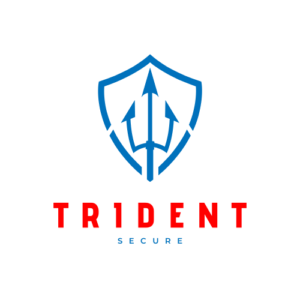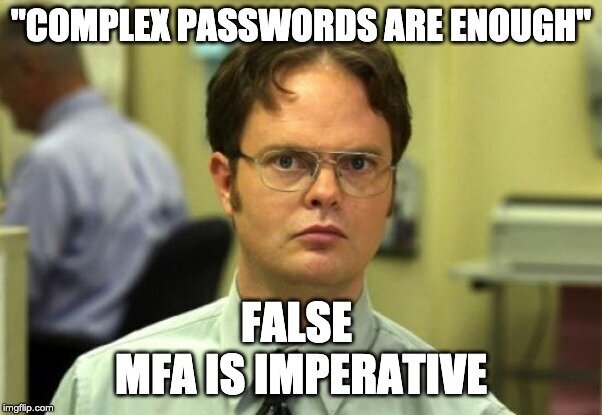Cybersecurity attacks are becoming more frequent and complex as the globe gets more connected. Cybercriminals are always coming up with new ways to break into systems and steal confidential data. Multi-factor authentication (MFA) is one of the best strategies for defending against these dangers.
Users must submit two or more forms of authentication using the MFA security mechanism in order to gain access to a system or service. This can be something the user does (like a security token or a password), something they have (like a password), or something they are (like biometric information). MFA adds an extra layer of security that makes it much more difficult for fraudsters to access sensitive data by demanding multiple methods of authentication.
How Important MFA Is
Protecting against cyber dangers requires MFA. In fact, installing MFA can stop up to 99.9% of account compromise efforts, according to a report by Microsoft. This is because, even if an attacker already has the user’s password due to a data breach or some other method, MFA makes it considerably more difficult for them to access the user’s account.
A bank vault can be used as an analogy to comprehend the significance of MFA. To keep valuables safe and secure, banks have vaults. Even the most secure vault, though, can be broken into if someone has the key. This is where multi-factor authentication (MFA) enters the picture; just as a bank vault necessitates numerous forms of authentication (such as a key and a combination), MFA also demands that users provide various forms of authentication in order to access sensitive data.
The predominance of password-based assaults is another factor in why MFA is crucial. 80% of data breaches are the result of weak or stolen passwords, said a Verizon research. This implies that there is a possibility of password vulnerability even when users employ secure passwords. However, MFA makes it considerably more challenging for attackers to access sensitive data by introducing extra means of authentication (such as a security token or biometric data).
MFA implementation
MFA implementation can be a rather easy procedure. MFA solutions, such as SMS-based codes, authenticator apps, or hardware tokens, are now available on the majority of systems and services. Microsoft claims that implementing MFA only takes a few easy steps and is well worth the extra security benefits.
However, despite how simple MFA is to install, many businesses have been sluggish to do so. In actuality, just 52% of firms have implemented MFA, and only 29% intend to do so in the upcoming 12 months, according to a recent IDG poll. Given the growing frequency of cyber threats and the success of MFA in thwarting them, this is alarming.
Conclusion
Cybersecurity attacks are growing more prevalent and complex in today’s linked society. Therefore, it is essential that businesses take action to guard against these dangers. One of the most efficient methods to achieve this is using multi-factor authentication. MFA adds an extra layer of security by demanding several forms of authentication, making it far more difficult for fraudsters to access critical data without authorization. MFA should be prioritized by businesses in order to safeguard their important data and assets.






